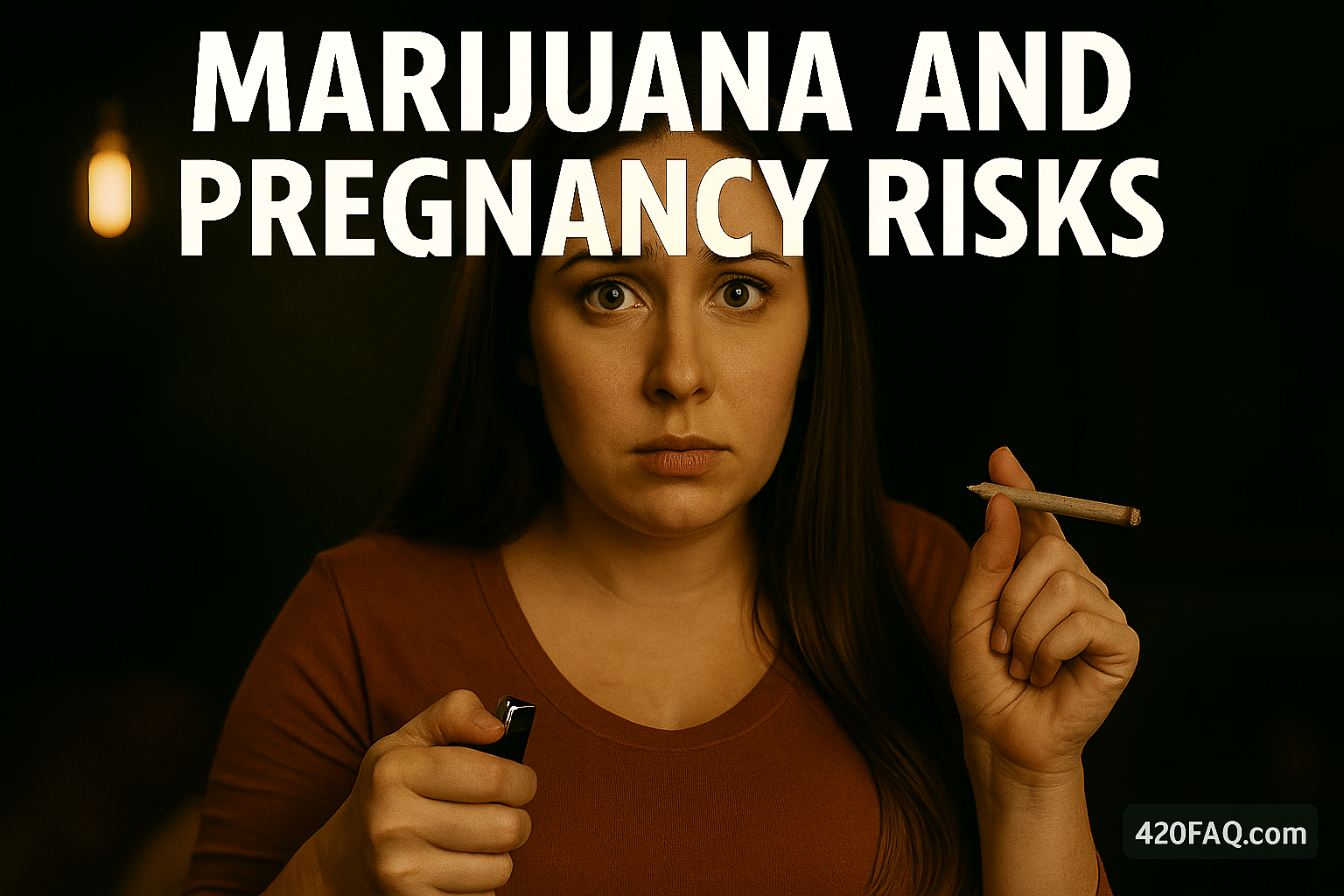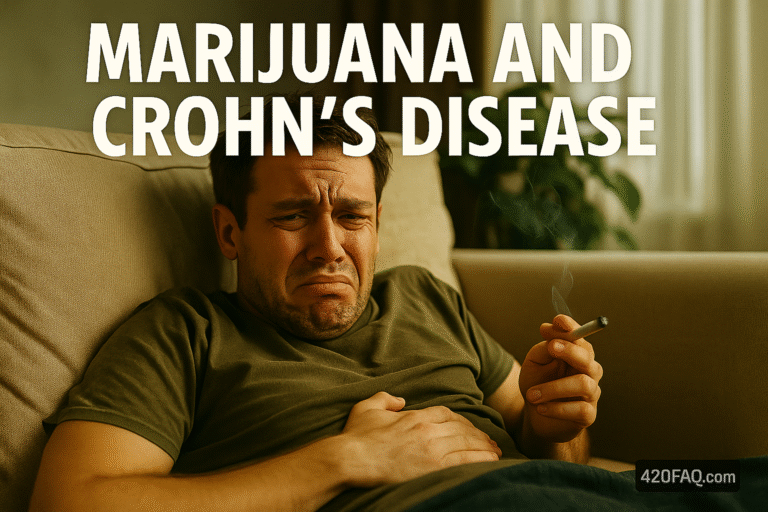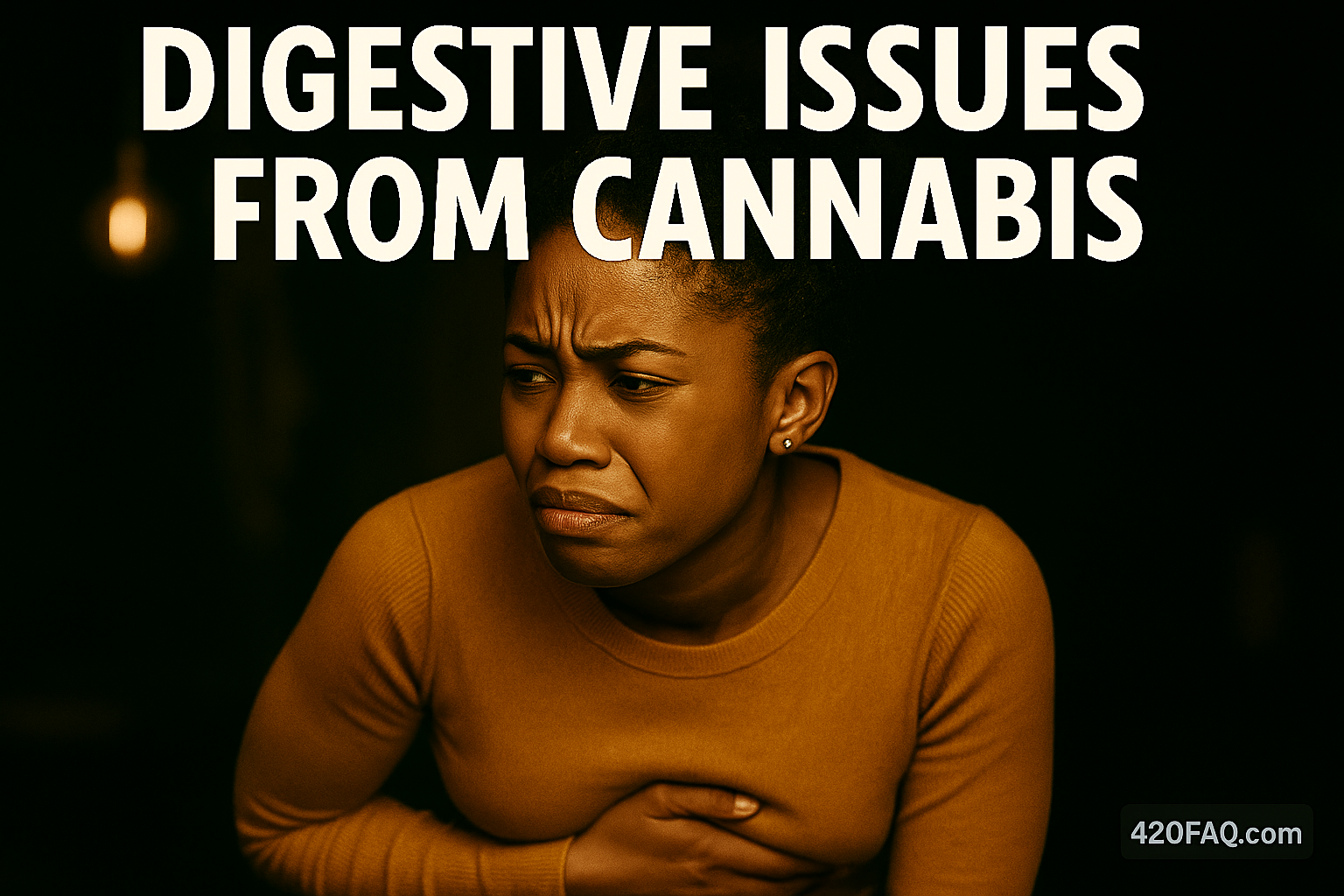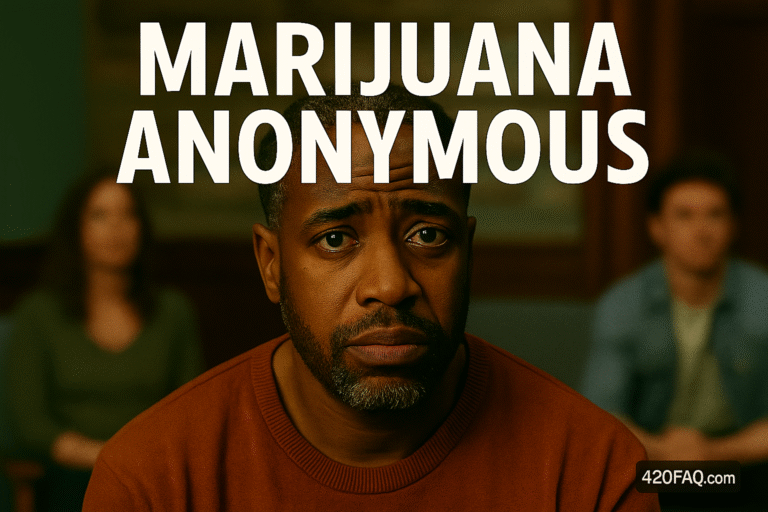
Marijuana and Pregnancy Risks: What the Evidence Really Says
Using cannabis during pregnancy isn’t a trivial lifestyle choice—it’s a biological variable introduced into a system that’s busy building a human. The active compounds (especially THC) cross the placenta, reach the fetus, and can persist in maternal tissues and breast milk. Major medical bodies (ACOG, AAP, CDC) advise avoiding cannabis while trying to conceive, during pregnancy, and while breastfeeding because no safe level is established and emerging data trend toward risk.
Understanding How Cannabis Reaches the Fetus
THC (tetrahydrocannabinol) is lipophilic (fat-seeking), crosses the placenta, and binds to cannabinoid receptors that appear early in fetal neurodevelopment. This is why exposure in utero is plausible biologically and not just statistically. Guidance documents summarize placental transfer and potential developmental concerns and recommend universal, nonjudgmental screening and counseling.
What the Data Show About Pregnancy Outcomes
Observational studies (which can’t prove causation but do show consistent signals) associate prenatal cannabis exposure with higher odds of low birth weight, small-for-gestational-age newborns, preterm birth, and increased NICU admission. These risks often intensify when cannabis is used frequently or alongside tobacco.
Neurodevelopment: Brains Are Where the Story Lands
Follow-up studies and recent reviews report links between prenatal exposure and later cognitive differences (e.g., attention, executive function), with growing epigenetic evidence (DNA methylation changes) that may persist into adolescence and adulthood. Results vary across cohorts, but the weight of evidence leans against exposure.
Breastfeeding & Postpartum: THC Hangs Around
THC concentrates in breast milk and clears slowly. JAMA Pediatrics estimated a mean THC half-life in breast milk of ~17 days, projecting >6 weeks to elimination after cessation; other work detects THC across several postpartum weeks. Because infant dose, neurodevelopmental impact, and safe thresholds are unknown, clinicians advise against cannabis use while lactating.
What Clinicians Recommend Right Now
Across leading organizations, the consensus is clear: screen, educate, and counsel to stop cannabis during preconception, pregnancy, and lactation; offer evidence-based treatments for nausea, pain, anxiety, and sleep instead of cannabis. ACOG’s 2025 update explicitly endorses universal screening and counseling.
Common Myths (and Why They Don’t Hold Up)
Using cannabis for morning sickness is “natural,” but “natural” doesn’t mean safe for fetal development. CBD products are not risk-free: labeling is inconsistent, and many contain measurable THC. Edibles and vapes still deliver cannabinoids systemically; “smokeless” isn’t “impactless.” Secondhand smoke also contains THC and other combustion byproducts best avoided during pregnancy.
Context Matters: Co-Exposures and Dose
Risk isn’t binary; frequency, potency, timing (first vs third trimester), and co-use (especially tobacco) matter. Recent work suggests additive or synergistic adverse effects with co-exposures. Potency in modern products tends to be higher than older cohorts, raising concern that historic “reassuring” findings may understate today’s risk.
Research and Scientific Understanding
Science moves cautiously around pregnancy because randomized trials are unethical. That creates uncertainty—but uncertainty is not proof of safety. For practical counseling, clinicians lean on converging evidence and precautionary principles. For balanced reading, see Minnesota’s provider handout What to Know About Cannabis Use During
Pregnancy, Postpartum, and Early Childhood, and a frequently cited early cohort report, Jamaican children whose mothers used marijuana during pregnancy (notable for its limitations and very different product potency/contexts than today).
Legal and Healthcare Considerations
Policies vary by state, but clinical guidance is uniform: ask in a non-punitive way, document, and offer support to reduce/stop use. A national CDC brief also notes many pregnant patients underestimate risk; accurate education matters.
FAQs
Is any amount of cannabis proven safe during pregnancy?
No safe exposure level has been established. Because THC crosses the placenta and signals trend toward harm, leading bodies advise complete avoidance.
What about CBD-only products?
CBD items often contain THC or other cannabinoids; purity is unreliable, fetal safety data are insufficient, and guidelines still advise against use while pregnant or breastfeeding.
Can I use cannabis for severe nausea if medications fail?
Clinicians recommend evidence-based antiemetic regimens rather than cannabis; discuss options with your obstetric clinician to balance symptom control and fetal safety.
Does cannabis help with sleep or anxiety in pregnancy?
Even if symptoms feel improved, potential fetal risks and breast-milk persistence outweigh perceived benefits. Safer behavioral and pharmacologic alternatives exist under medical guidance.
How long after stopping could THC still affect breastfeeding?
Given an estimated 17-day half-life in milk and >6 weeks projected elimination, prolonged persistence is expected; delaying breastfeeding to “pump and dump” for a day is not sufficient.
Conclusion
Cannabis interacts with a developing system that’s exquisitely sensitive to chemical signals. The modern evidence base—while imperfect—leans consistently toward risk across birth outcomes, neurodevelopment, and lactation exposure. Until rigorous data say otherwise, the most protective path is simple: avoid cannabis while trying to conceive, during pregnancy, and while breastfeeding, and use clinician-recommended treatments for symptoms instead.







